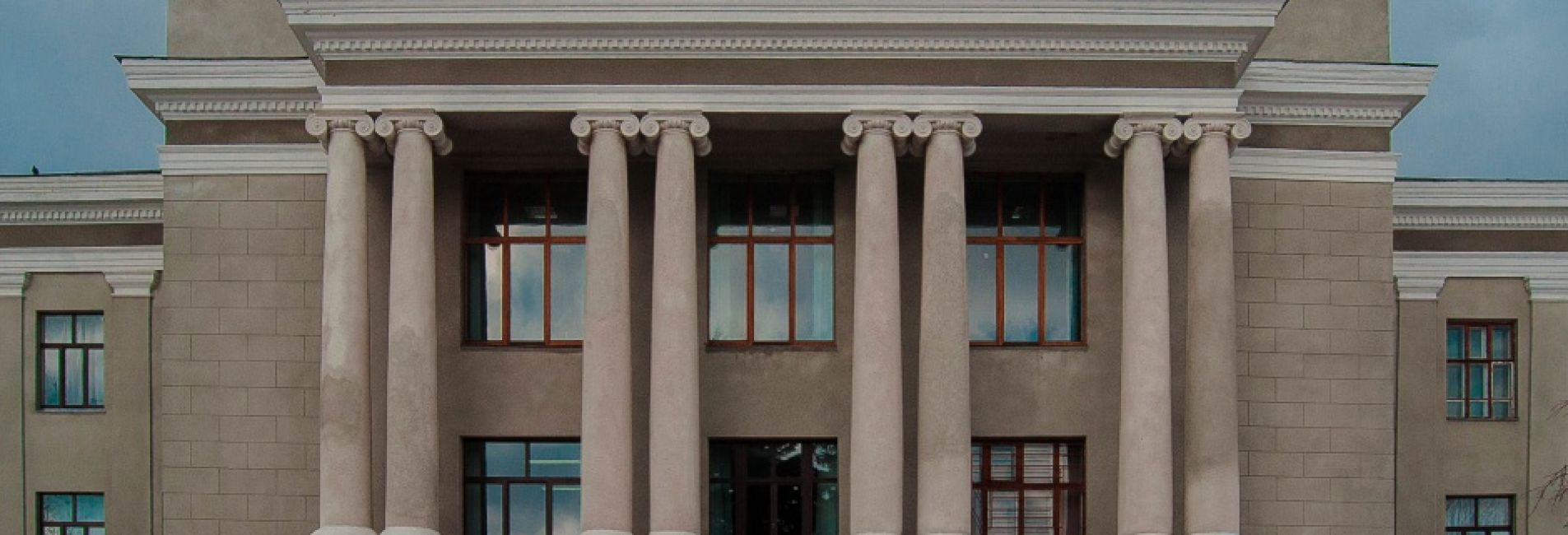The main directions of scientific activity
of National Aerospace University
The attention of scientific departments of the university is focused on the priority areas of development of science and technology, primarily related to the aerospace industry:
- theoretical and experimental aerodynamics;
- strength, durability and reliability of aircraft structures;
- use of modern information technologies in the design and preparation for the production of aircraft, vehicles and machines;
- pulse technologies of materials processing;
- theory and diagnostics of gas turbine engines;
- coating with special properties to improve the performance of parts;
- design and manufacture of products from composite materials;
- power equipment of spacecraft;
- development of space engines, technology of their production and testing;
- satellite navigation systems and remote sensing of the earth's surface;
- unconventional energy;
- remotely piloted aircraft (mini and micro UAVs);
- control systems and electronic equipment of aircraft;
- equipment and complexes for medical purposes;
- geoinformation technologies and GPS systems for environmental monitoring and nature management.
ПList of priority thematic areas of research and development of National Aerospace University in accordance with the order of the Ministry of Education and Science, Youth and Sports of Ukraine 07.06.2011 № 535
Priority name and code | Name and code of the priority thematic direction of the higher educational institution or scientific institution | Research code |
1.3.1. Mechanics of a deformable solid | 1.3.1.4. Mechanics of composite materials, including nanocomposites 1.3.1.5. Mechanics of interaction of fields of different origin in materials and structural elements | F |
1.3.5. Mechanics of rocket and space and aviation equipment, and ground transport systems | 1.3.5.3. Aerothermogas dynamics of aircraft and spacecraft power plants and their subsystems | F |
1.2.2. Research of complex systems of different nature, theory and methods of systems analysis | 1.2.2.3. Improving methods of formalizing system problems, bringing them to the form of solving in real conditions, characterized by the presence of a large number of conflicting goals, different types of uncertainties and risks | F |
1.2.8. Special computer systems, tools, instrumentation | 1.2.8.3. Development of new information technologies based on measurements of electrical, magnetic and optical signals and their spatiotemporal analysis | F |
3.2. Information and communication technologies | 3.2.1. Methodological problems of using information technologies to create modern models of manned and unmanned aerospace equipment and ground transport systems 3.2.2. Development of mathematical models and information and telecommunication technologies for solving complex interdisciplinary problems of different nature | P |
3.3. Energetics and energy efficiency | 3.3.1. Development of energy-efficient technological processes for the manufacture of aerospace products and ground transport systems | P |
3.4. Rational use of nature | 3.4.1. Development and improvement of technologies that contribute to the preservation and improvement of the environment, provide man-made safety | P |
3.5. Life sciences, new technologies for prevention and treatment of the most common diseases | 3.5.1. Modeling the mechanisms of economic, philosophical and socio-psychological transformations in society | P |


